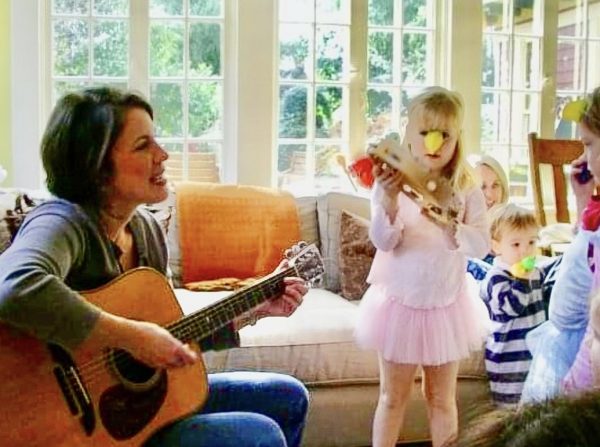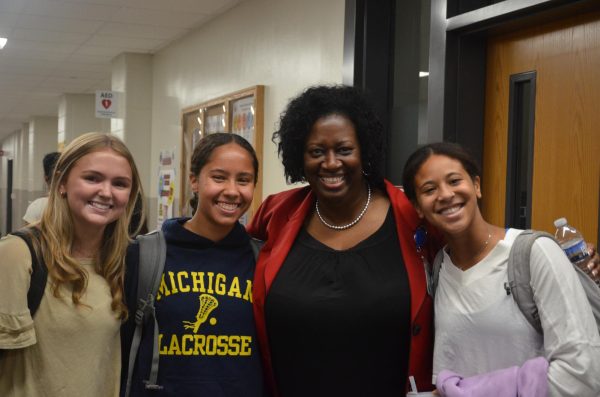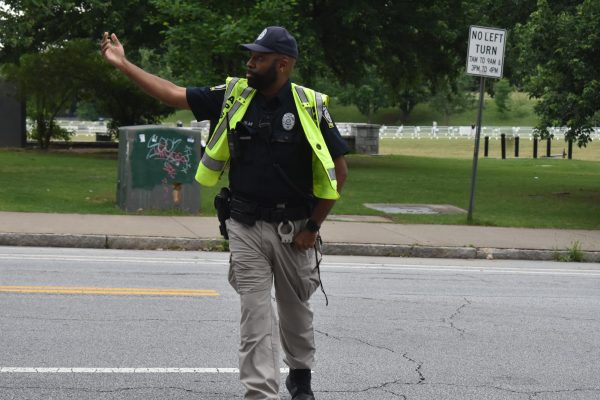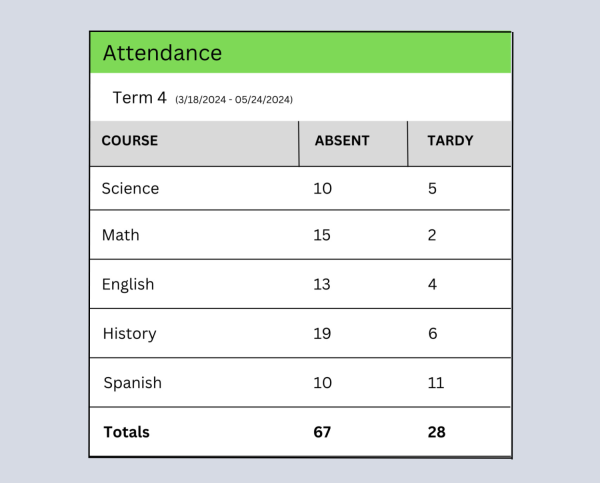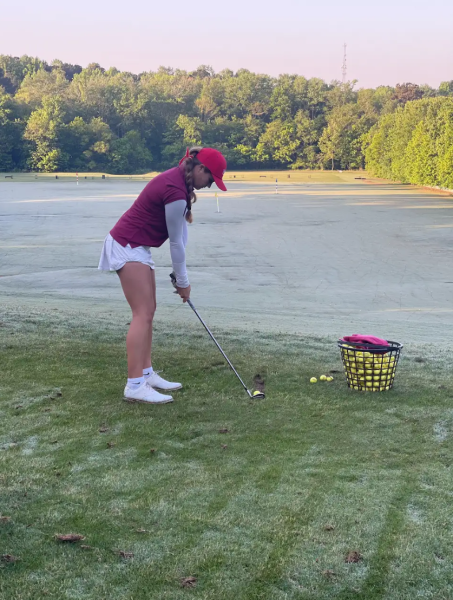Senior starts Grady Black Student Union

Grady’s Black Student Union logo
In 1968, San Francisco State University founded the first-ever Black Student Union. Many other institutions soon followed suit, forming similar groups.
Today, many high schools and colleges around the country have their own Black Student Unions. Starting this year, Grady is one of them.
With around 30 students in attendance at its first meeting, Grady’s Black Student Union is officially a reality. Started by senior Victoria Hagood, posters around the school describe the group as “an open forum to discuss blackness and social issues.”
Hagood says she created the club after noticing the racial separation in many of her classes.
“I was looking at my AP classes and how they’re not diverse at all,” Hagood said. “In my AP Lit. class, there’s literally like five minorities out of 30 people, which is a big issue to me.”
One factor prompting some students to join is Grady’s continued demographics shift and the fact that, for the first time in decades, the school has more white students than black students.
“I thought it was more important to join the Black Student Union because we were a majority black school when I was a freshman,” senior Jared Holloway said. “An activist group for black students seemed important to be a good force in the school.”
While its name may deceive some, the Black Student Union is open to all students, no matter their race, ethnicity or background.
“It’s not just for black students,” Hagood said. “It’s called the Black Student Union, but it’s for everybody … any sexuality, any ethnicity.”
While all interested students are encouraged to join the club, Hagood hopes that those who choose to, do so with an open mind.
“I want people to come in with fresh minds,” Hagood said. “Everybody has a chance to learn and be able to talk to other people that they might not actually talk to.”
The central goal of the organization is to connect students who would not normally interact. Hagood hopes the club will bring students of all ethnicities and races together, breaking down social barriers that exist among Grady students.
“If you look during lunch, people are very separated,” Hagood said, referring to the widely acknowledged racial separation within Grady’s student body.
The club, sponsored by English teacher Carol Kelley, meets approximately twice a month. The first meeting focused primarily on introductions, with each student saying their name and speaking briefly about their experience as someone of their race. Future meetings will include discussions, movies, speakers and more.
According to Hagood, the topics explored in these meetings will be largely decided by group members, according to what interests them the most.
“I definitely want everybody in the club to tell me what exactly they want to learn about or talk about,” Hagood said.
Along with the bi-monthly meetings, the Black Student Union will also be involved with the Black History Month program in February. Additionally, the club plans to engage in activities outside of the school, including community service and activism, allowing the group to extend its impact beyond the Grady campus.
While the club has only met once, students are already excited about the group.
“I already felt that sense of community,” sophomore Ashleigh Hunter said after attending the group’s first meeting. “I’m really glad I joined, and I encourage anybody to join, no matter what race you are, because at the end of the day, we are Grady, so we need to be united.”
Royce is a Senior in his second year at Grady. He is a member of the Grady Governance Team and is the President of Amnesty International Club.

